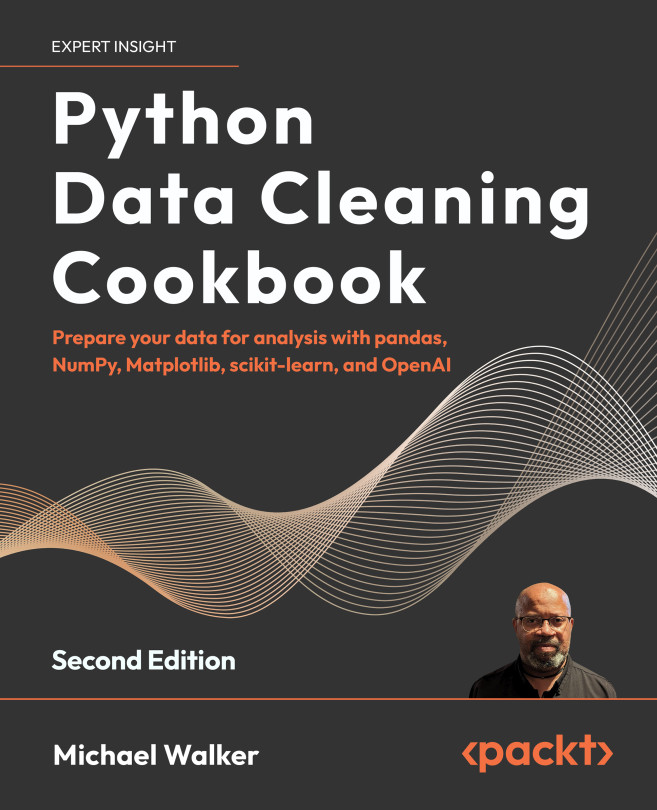If you haven't programmed in JS in a while, it would be best for you to give yourself a refresher before you get started. In particular, the examples in this book will use ES6/ES2015 syntax; I will give you a tour of the new syntax in the first chapter, but you may also want to become familiar with it on your own.
If you don't have Node.js installed yet, you'll want to install that now. The examples in this book were written using Node.js version 9.6.0, though I expect most of the examples to work for any Node.js version greater than 8 and for Node.js version 10 as well.
You will not need much education in math to get through this book, but I assume that you paid attention to your high school math courses. If you don't remember much probability, statistics, or algebra, you may want to refresh yourself on those topics, as they are prevalent in ML. While I have tried my best to avoid deep dives into advanced mathematical concepts, I will indeed have to present some in this book so that you at least get a level of comfort with math and the willingness to research some select mathematical concepts on your own.







































































